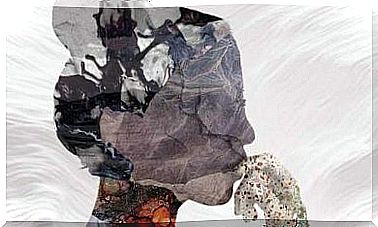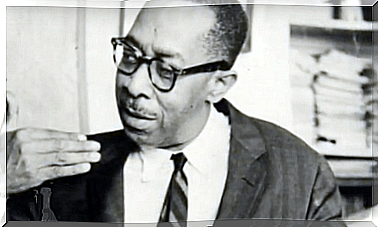Somatic Nervous System: Characteristics And Functions
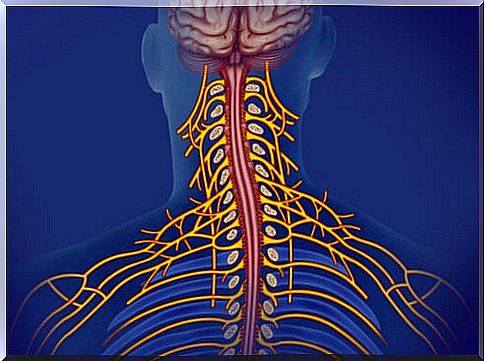
The essential function of the nervous system is communication. This occurs both with the environment that surrounds us and with the interior of our body. Regarding its functions, the nervous system is divided into the Somatic Nervous System (SNS) and the Autonomous Nervous System (ANS).
The somatic nervous system is a complex system. It is the part of the nervous system that is responsible for carrying sensory information to the central nervous system. That is: the somatic nervous system is responsible for the communication of the body with the external environment. Meanwhile, the ANS is responsible for the communication of the organs with each other, which causes homeostasis to be maintained.
The SNS acts through the skeletal muscles, regulating voluntary and reflex actions. Through its receptors, this system captures the changes that occur. Thus, the motor fibers that are located in the somatic nervous system present some characteristics that differentiate them from the autonomic one:
- First of all, there are no nodes in its path.
- Neural bodies are located within the CNS. In addition, they run without interruption until they reach the effector (skeletal muscle).
- Also, the driving speed is much higher.
- The SNS may or may not stimulate the effector, but it does not inhibit it.
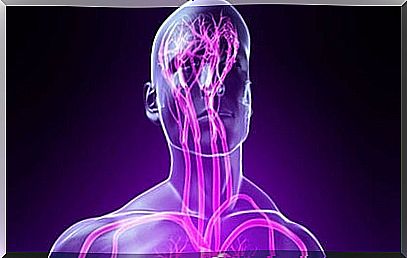
Sensory pathways of the somatic nervous system (SNS)
In order for us to perceive a sensation, the information has to reach the cerebral cortex. Thus, the pathway is the path that information takes through a set of neurons that link the peripheral nervous system with the central nervous system.
Thus, for a sensitive stimulus to reach its destination, the central nervous system needs to go from the receptors to the CNS by connecting with three neurons. In the somatosensory cortex there is a representation proportional to the sensitivity of the different parts of the body (1). In this representation, not all areas occupy the same size. Areas such as the fingertips or the lips are those that occupy the greatest place in this representation.
There are different types of sensory pathways. According to the sensory modality they drive, they are divided into:
- Via for fine touch. Discriminatory or epicritic sensitivity.
- Pathway for fuzzy touch. Thick or protopathic tenderness.
- Pathway for pain and temperature. Thermoalgesic.
- Proprioceptive pathway. Body position
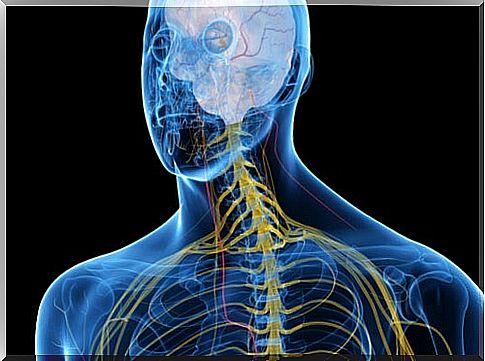
Another way to name them is according to the origin of the stimulus:
- Exteroceptive routes : are those that carry information from the skin.
- Interoceptive pathways : are those that conduct information from internal organs.
- Finally, proprioceptive pathways : they are those that conduct information from the musculoskeletal system.
To transmit sensation, nerve impulses travel through a relay of three neurons:
- First, there are the first-order neurons : they are the ones that conduct from the periphery of the body.
- Second-order neurons : they are located in the posterior horn of the spinal cord or in the trunk. They are responsible for transmitting the nerve impulse from the trunk to the thalamus. That is where a synapse occurs with the third-order neuron.
- Third-order neurons : they are in the relay nuclei of the thalamus. Its function is to conduct the nerve impulse towards the somesthetic (that is, somatic-sensitive) areas in the region located behind the Roland fissure in the parietal lobe.
Before reaching the cortex, where sensation is interpreted, all sensory information is processed in the thalamus (except olfactory input). Then, they integrate into the parietal cortex, where sensitivity is normally integrated.
Motor pathways
When we reach for something, this mental processing requires the contraction and relaxation of the muscles of both the arm and the hand.
This is what the motor pathways do : they conduct nerve impulses from the central nervous system to the skeletal muscles (somatic effectors). Thus, the neurons involved in this process are motor neurons, which are located in the anterior horn of the spinal cord.
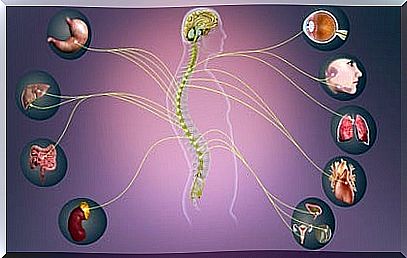
The motor pathway system is divided into three fascicles, depending on the origin and end of the nerves:
- Corticogeniculate or corticonuclear. Its destination is the motor nuclei of the cranial nerves. That is, it is the pathway that controls the facial muscles.
- Juxtapyramidal. It originates in area 4 of the frontal gyrus. Its destination is the neurons of the reticular formation at the bulbar level.
- Corticospinal or pyramidal tract. It links the cortex with neurons in the anterior horn of the spinal cord. Thus, it controls the muscles of the trunk, neck and extremities.
Thus, we can conclude that the somatic nervous system is a complex system. To produce movement, from the central nervous system, several connections are produced that allow the final action to be carried out. The same happens when someone touches us or we brush against an object: so that our brain finds out, a multitude of neurons and areas are involved in the process.








